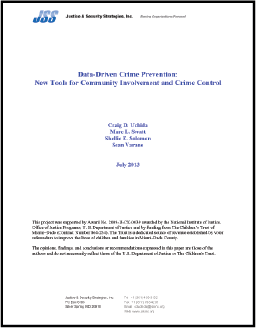
The idea of the “community” is critical to community oriented policing, yet many community policing efforts underestimate the role that residents play in crime control, or simply play lip service to community involvement. While police play an important role in crime control and are legally authorized to do so, the vast majority of crime control actually results from the everyday activities of citizens. An effective crime control strategy is one that not only acknowledges and embraces the importance of regular citizens in preventing crime but seeks to enhance their ability to do so.
The recent revelation in Cleveland, Ohio where three young women were kidnapped and held captive for ten years raises important questions about how neighborhoods and residents function. Two neighbors intervened and rescued the three young women after hearing screams from the house. And while the captor is to blame for the kidnapping and treatment of these women, one wonders what was happening in the neighborhood. Did residents know each other? How isolated were they from each other? How trusting were they? For the persons who called the police, what made them do something about the problem? What made them care about safety and crime prevention? What makes any of us do something about a problem within our neighborhoods?
To answer these questions we need to understand the basis for neighborhood crime control and how to enhance and strengthen the role of residents in maintaining and sustaining crime control efforts. This essay discusses previous research efforts and our research on collective efficacy in Miami-Dade County, Florida (Uchida, Swatt, Solomon, & Varano 2013; Swatt, Varano, Uchida, & Solomon 2013). We describe how neighborhoods and residents function and how collective efficacy and social cohesion within those neighborhoods can assist in crime reduction and prevention. We explain how data from community surveys, systematic observations, and Crime Prevention Through Environmental Design (CPTED) assessments are necessary ingredients for data driven crime prevention. Based on our research, we provide a strategy for implementation and action.
